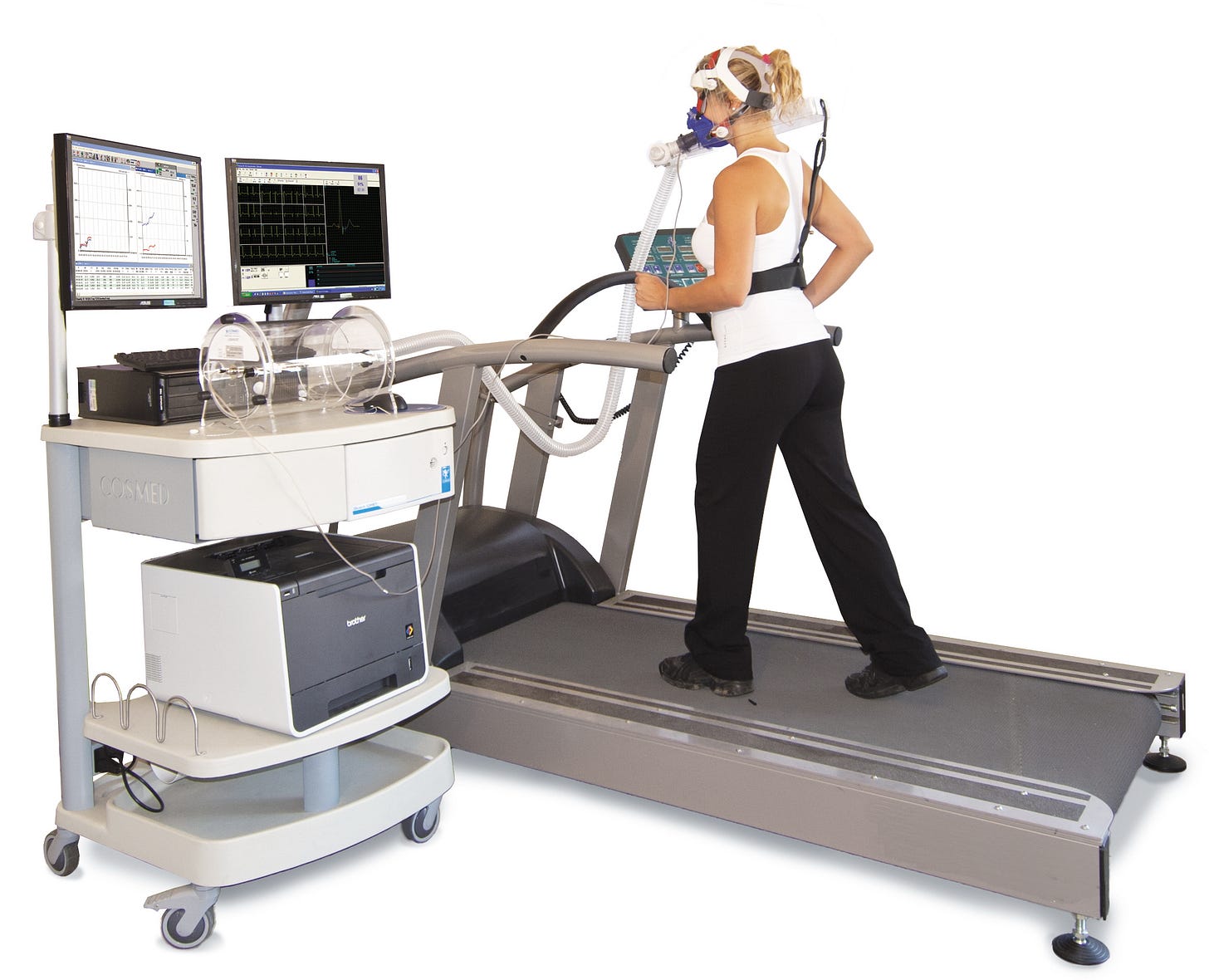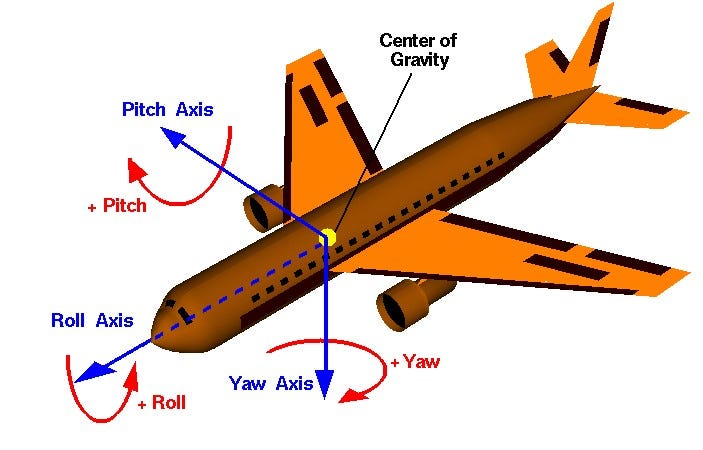This one is going to get a big "duh" from everyone - of course it's a whole lot easier to paddle a bigger board. But since we're interested in understanding the why behind things here, let's look at this through the research lens.
A 2017 paper by Vuk Ekmecic and colleagues at California State University, San Marcos tackled this question directly - how does changing board volume affect energy expenditure during paddling?
To find answers, they recruited 20 surfers from San Diego County to paddle in a swim flume - essentially a water treadmill where the surfers stay stationary while paddling against a current. This setup allowed researchers to attach heart rate monitors and VO2 sensors to measure heart rate and oxygen consumption. Higher values for either means the surfers were working harder.

The surfers paddled on five surfboards shaped specifically for this experiment by Todd McFarland out of Encinitas. All boards had identical widths and lengths (178 × 51 cm), with only the thickness varying. Using a 3D scanner to precisely measure volume, the boards ranged from 28.4 to 37.4 liters. Participants paddled each board twice in random order, with each session lasting 3 minutes at a consistent speed of 1.1 m/s.
The results showed a clear inverse relationship between board volume and energy expenditure (no figures due to copyright - make your research open access y’all). For every additional liter of volume, heart rate decreased by nearly 1 beat per minute, while oxygen consumption dropped by about ¼ ml/kg/min. In practical terms, each additional liter of foam saves approximately 6 calories per hour for a 70-kg (155-lb) surfer. That might seem insignificant for small variations, but comparing a 30L shortboard to an 80L log translates to roughly 300 extra calories burned hourly on the smaller board. Another reason to get pissed when the longboarders are taking every set wave in case you need one.
This confirms what most surfers already know from experience, but the "why" proves more interesting. Using underwater cameras, researchers measured both pitch angle (how much the nose lifts or dips) and roll angle (side-to-side rocking) during paddling.

Both these angles decreased linearly with increasing volume. The thicker boards sat more level in the water with less rocking motion, suggesting that energy savings come from two sources: increased stability and reduced drag from a board positioned more parallel to the water's surface.
The researchers noted that increased roll on smaller boards likely occurs because surfers must dig deeper with each stroke to maintain the same speed as on higher-volume boards. Energy leaks into this rocking motion, contributing to the higher energy cost, though the exact percentage remains unknown.
An interesting follow-up to this study would be one of similar design, but where the width of the boards are varied. This would likely change the amount of roll, allowing a better decomposition of energy expenditure from the two sources.
Hit me up Vuk, let’s do some science.
Further Reading:




The energy gain from a larger board can be quickly lost if you need to paddle through the break. Larger boards are more difficult to duck dive and are dragged back further. When caught in turbulence they are also more difficult to hang onto. There are a lot of factors involved here so if you are sizing up you really need to work with an experienced designer. A difference of 3-4L also makes a huge difference in performance ….. for better or worse!